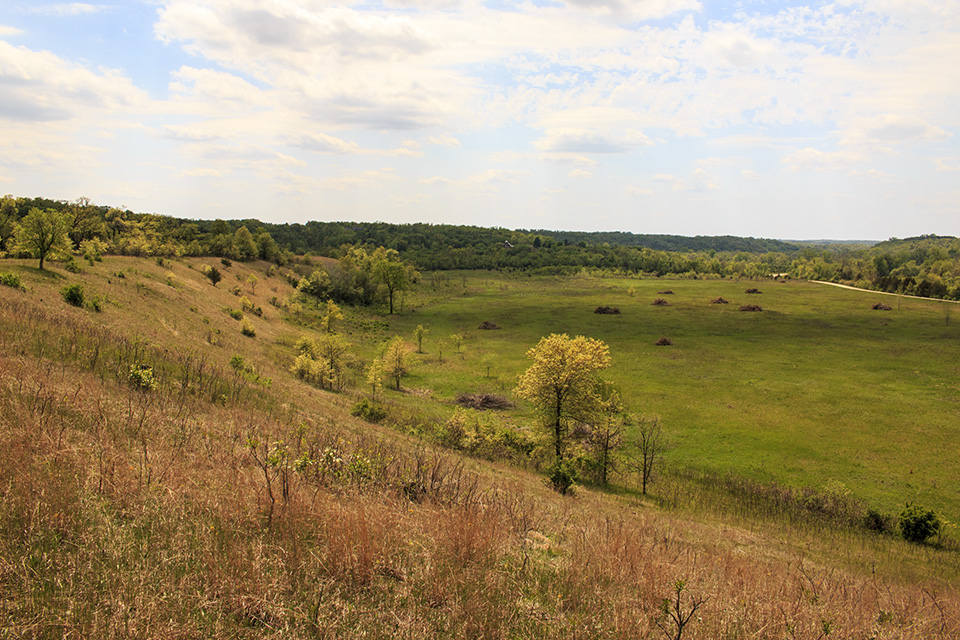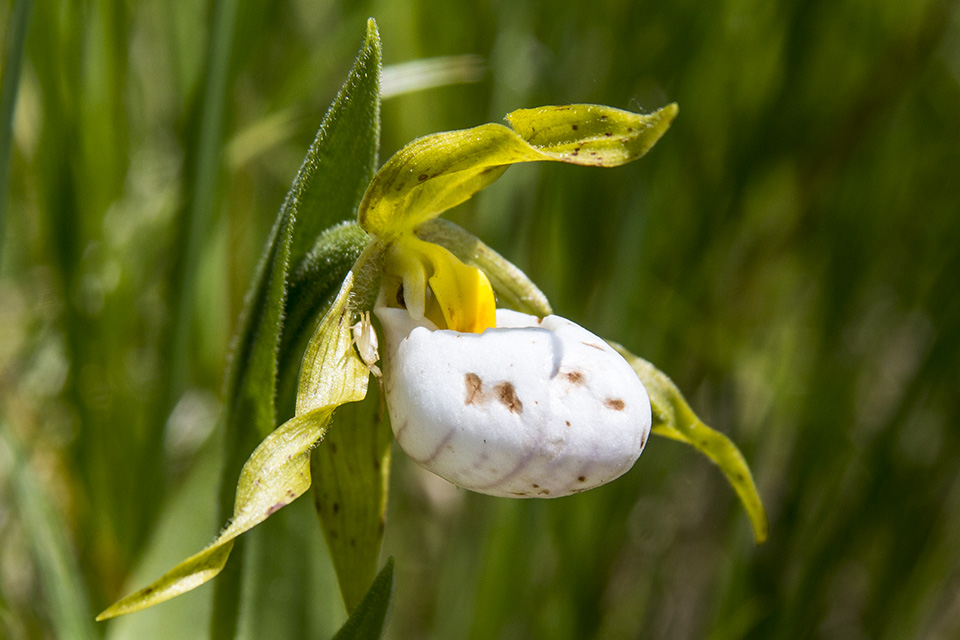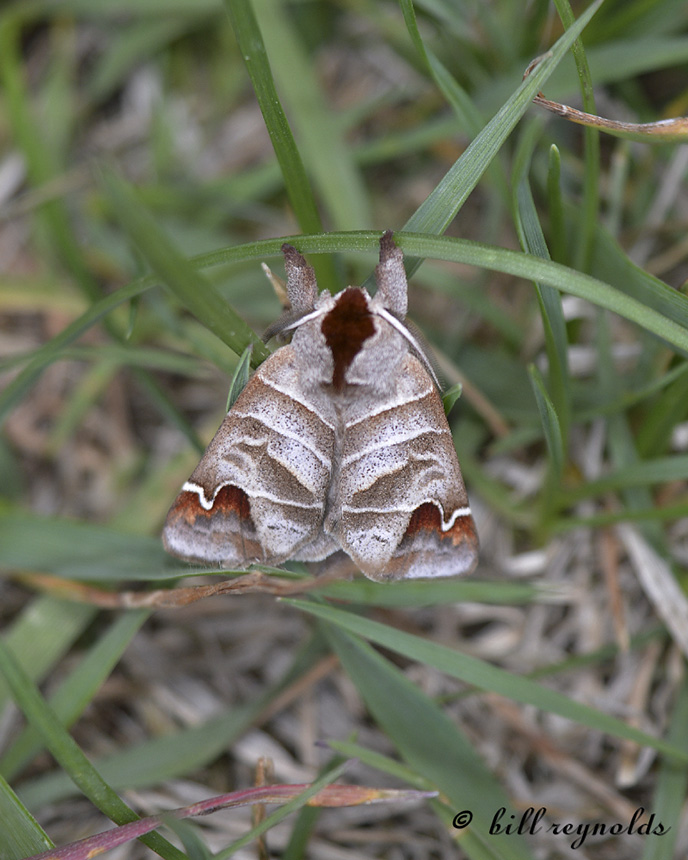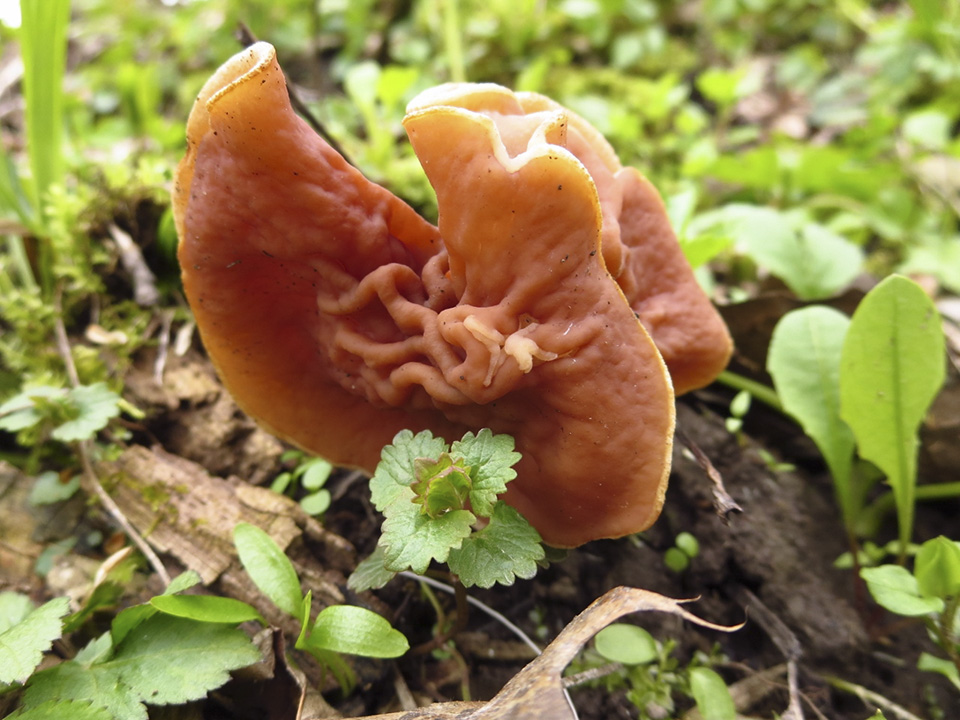River Terrace Prairie SNA features a rare gravel prairie on a terrace above the Cannon River valley.
The northwest-facing slope of the terrace is the best place to view native wildflowers in the spring. Visit in early May to see blooming American pasqueflower, mid-May for prairie smoke and kittentails, and late May for fringed puccoon and prairie violet.
The old field below the terrace is a work in progress. Recent management activities in this area include cutting and stacking eastern redcedar and mowing down other woody species. A prescribed burn north and east of the terrace was conducted in the spring of 2017.
http://www.minnesotaseasons.com/Destinations/River_Terrace_Prairie_SNA.html





